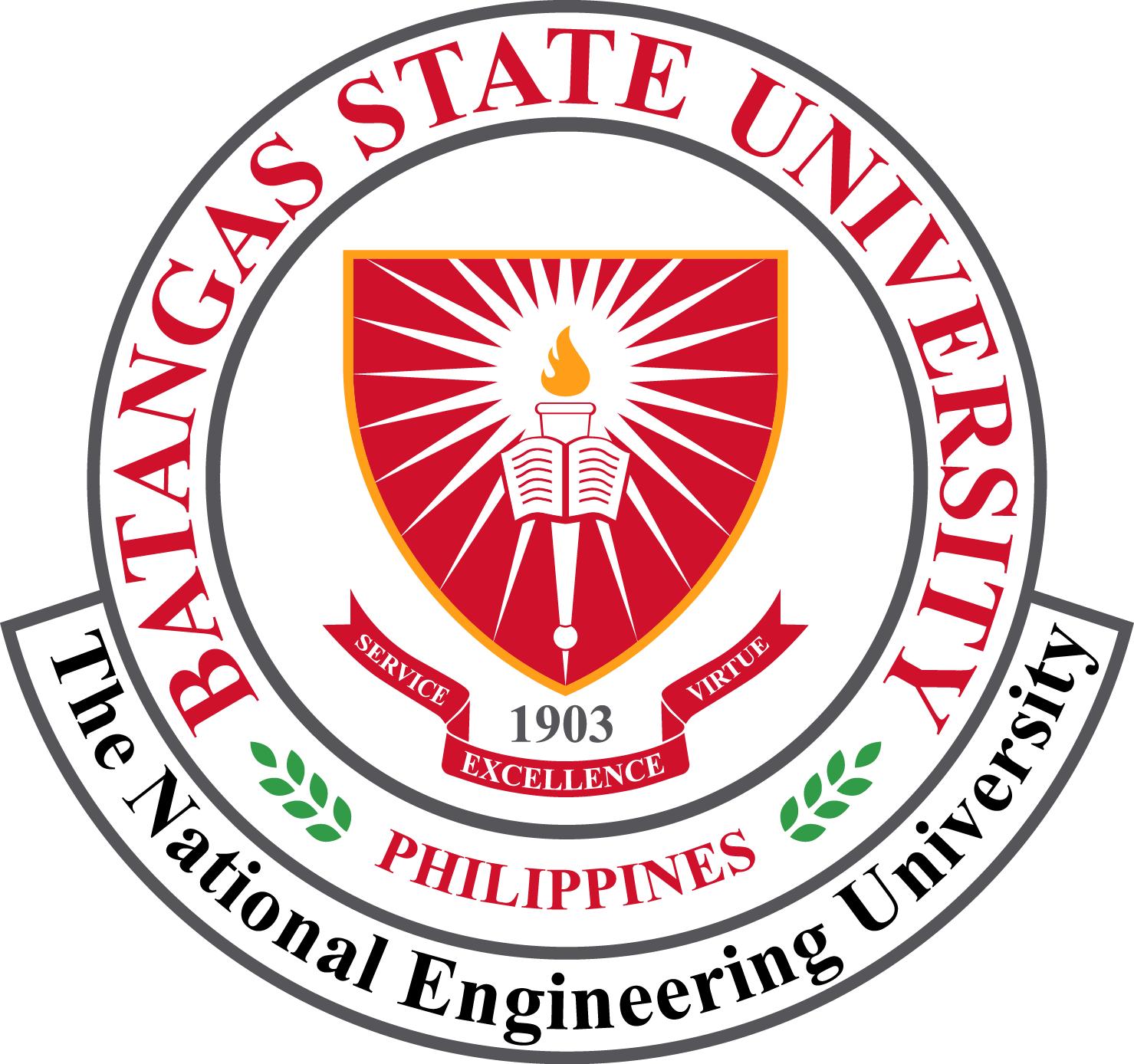Possessing the art of spearfishing, the Bajau community located in the coastal fringes of the Jolo islands has long thrived preserving their life-long identities as “Sea Nomads”. However, a long-standing tradition was threatened to meet its end with diminishing resources, urban displacement, and environmental challenges. The very waters they called home now push them away. Survival becomes a life-long battle. Gradually, they leave, and with each departure, their culture slowly fades. PAHAYA SA LAUT envisions an adaptive-resilient amphibious coastal Bajau community that is heritage-dependent but future-evolving.
The design addresses issues faced by this Indigenous group, particularly the loss of sustained livelihood and stripped identity due to forced migration and threats posed by climatic conditions. Rising sea levels, typhoons, and storm surges endanger their cultural continuity and rob them of their cultural relevance as they are now dubbed as pests of urban coining the term “Urban Nomads”. This proposal redefines their traditional seafaring way of life into a sustainable, self-reliant coastal community, ensuring that the waters they once called home will continue to be theirs.
In the quest to achieve this vision, this project integrated innovative solutions tailored to Bajau’s necessities. The rainwater harvesting system guaranteed them access to non-potable water. A portable reverse osmosis desalination device provides them potable water supply. The use of aerodynamic structures improves durability against strong winds and a gravity-fed plumbing system minimizes dependence on motor-powered energy sources. This also incorporated vertical wind turbines to generate electricity to support energy-fed devices. Furthermore, the application of a floating bio-digester system allows waste to be converted into biogas for cooking and aquaponics farming. A horizontal constraint
mechanism steadies floating structures, preventing horizontal motion during strong waves.
Located in Huwit-Huwit, Omar, Sulu, strategically selected to align with Bajau’s maritime tradition while considering environmental challenges. Located in waters with sustainable livelihood, this coastal project enriches food security, economic independence, and heritage preservation. The linear and cluster forms of organization guarantee flexibility for community expansion and socialization, building a holistic and inclusive environment for the Bajaus.
This proposal is architecturally designed to be sustainable and future-proof at its core. This promotes a low ecological footprint and an off-grid community that utilizes local produce as its dominant building materials. Social coherence is highlighted through interconnected spaces to solidify cultural bonds, while indigenous-friendly innovations ensure low-maintenance solutions for long-term sustainability. By integrating traditional methods with progressive design, this amphibious community shelters Bajau’s heritage with preparation for the future.
This endeavor redefines resilience, merging culture, and sustainability into a transformational architecture. PAHAYA SA LAUT is not merely bamboo and sticks but a movement—something that revives Bajau’s identity, envelops them security, and is a testament to architecture’s capability. In the ever-shifting tides of time, one can pledge that Bajau’s sea nomadic selves weren’t merely a passing tide, it was a place where they strive, and in the same waters, they’ll thrive.
Sa tubig na suhay, aagos ang buhay...
Palaut, Bajau!

